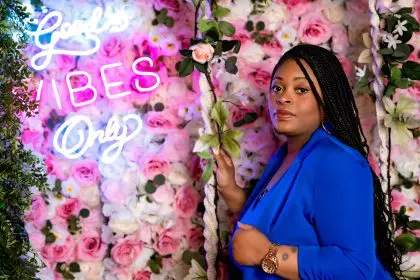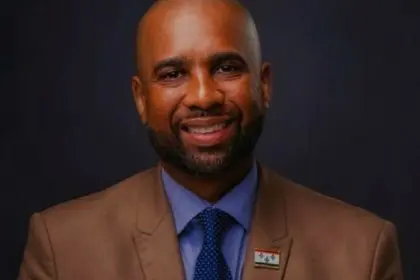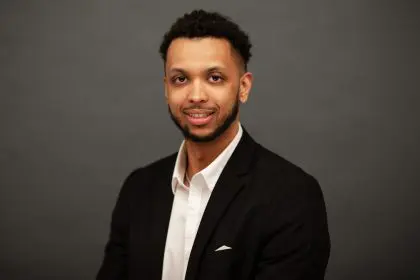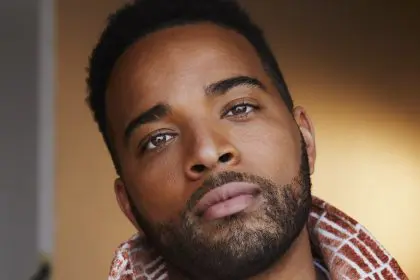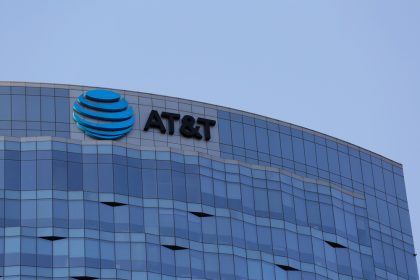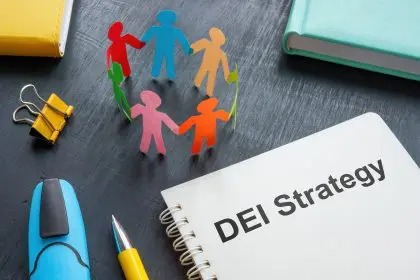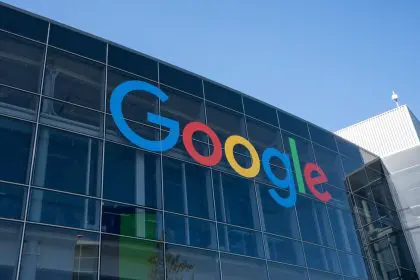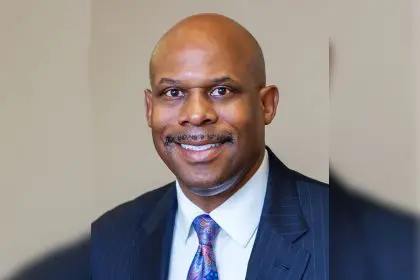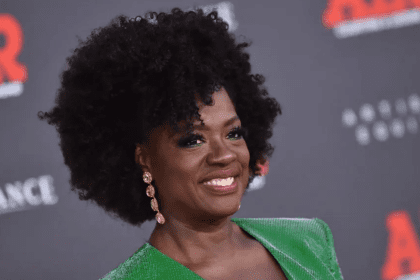In an episode of Equity in Focus, Kevin Hooks sits down with Effenus Henderson, an internationally recognized thought leader in Diversity, Equity, and Inclusion (DEI). With a history of advising global leaders and a career rich with impactful DEI initiatives, Henderson brings a wealth of insights to the ongoing journey of fostering equity. Their conversation dives into the intricate challenges organizations face in sustaining meaningful DEI work amidst evolving societal and regulatory pressures.
A legacy of advocacy and innovation
Effenus Henderson’s journey began humbly on a farm in North Carolina, where he learned the values that would later shape his career in civil rights and corporate advocacy. “I’m just a local farm boy,” he says, “who found himself navigating a long-tenured career in private industry and human resources.” After retiring from a senior role at Weyerhaeuser Corporation, Henderson launched Henderworks and co-founded the Institute for Sustainable Diversity and Inclusion. Through partnerships with corporations like Amazon and Starbucks, his work pushes boundaries, focusing on creating sustainable DEI strategies.
Henderson also led the working group that established the first global standard for DEI under the International Organization for Standardization (ISO 30415:2021), expanding DEI principles beyond the workplace. According to him, effective DEI requires a comprehensive approach that considers every stakeholder, reinforcing that true equity is a community-wide effort.
The evolution of DEI
Henderson reflects on DEI’s evolution, which has grown from the Civil Rights Act’s affirmative action requirements in the 1970s to today’s multifaceted inclusion strategies. Early DEI initiatives focused on representation and “good faith efforts” to increase diversity in organizations. Over time, the DEI landscape expanded to include equity and belonging, addressing not only the “who” but also the “how” and “why” of organizational systems. As Henderson explains, modern DEI practices must account for recruitment, pay, and performance systems, ensuring that these are applied equitably and impactfully.
To Henderson, DEI has now entered what he describes as the “SPINE” phase—a framework that embodies Strategy, Practice, Ideation, Need, and Execution. He emphasizes that DEI work must be woven into an organization’s strategic framework to be effective. “You need to focus on the most significant, impactful aspects for your organization,” he notes, highlighting that DEI efforts should extend beyond symbolic gestures to drive real, measurable change.
Navigating challenges in the face of societal shifts
In light of recent challenges and pushbacks against DEI, Hooks brings up the aftermath of tragedies such as the deaths of George Floyd and others, questioning the commitment of organizations that initially pledged support. Henderson acknowledges that while some organizations have recalibrated their DEI efforts in response to societal shifts and legal rulings, such adjustments don’t necessarily equate to abandonment. He refers to the SCOTUS ruling on affirmative action in college admissions as an example of how some conservative voices attempt to dismantle DEI work by applying regulatory interpretations out of context.
For Henderson, this “pushback” is not new. He coined the term Reversity in 1995 to describe this phenomenon, emphasizing that sustainable DEI work is adaptive and agile. He encourages organizations to remain focused on their core missions and to see DEI as integral to their business success. “DEI aligns with your organizational goals, your stakeholders, and the communities you serve,” Henderson asserts, urging companies to stay the course despite external pressures.
Guiding the next generation of DEI leaders
When asked for advice to those carrying the DEI torch forward, Henderson emphasizes the importance of customized strategies that engage leadership from the ground up. “There’s no cookie-cutter approach,” he says, advising DEI practitioners to start with leadership’s commitment, align DEI with shared organizational values, and focus on critical priorities rather than trying to tackle everything at once. Henderson also underscores that DEI cannot solely be the responsibility of HR or DEI departments—it requires full leadership accountability.
Before wrapping up, Henderson offers resources for those interested in following his work through Henderworks and the Institute for Sustainable Diversity and Inclusion. With a message of resilience, he urges DEI practitioners and advocates to stay focused and to continue advancing equity.
As Kevin Hooks reflects, the discussion with Henderson reinforces that advancing equity requires consistent, unwavering dedication. The path to inclusion and equity is complex, often requiring recalibration, but as Henderson’s career demonstrates, the journey toward systemic change is both vital and achievable.
This story was created using AI technology.

